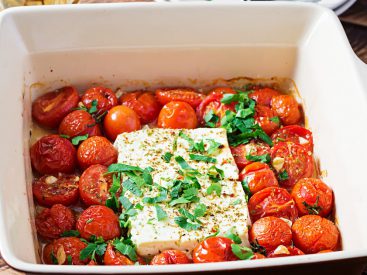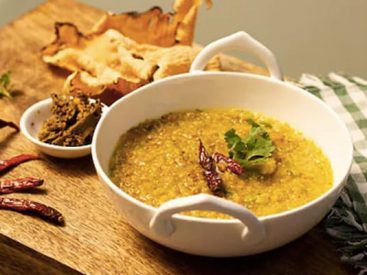ReportLinker The Sugar-Free Food And Beverage Market size is expected to grow from USD 19.17 billion in 2023 to USD 23.30 billion by 2028, at a CAGR of 3.98% during the forecast period (2023-2028). Key Highlights. New York, Aug. 15, 2023 (GLOBE NEWSWIRE) — Reportlinker.com announces the release of […]
Delicious!
Delicious!



